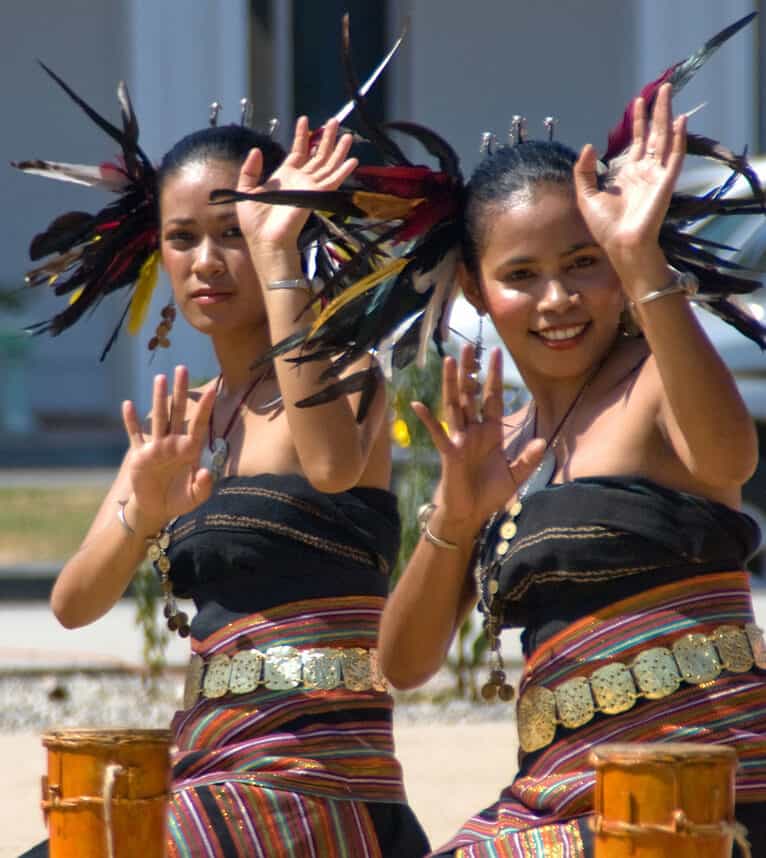The Australian Government will share up to 15-million Covid-19 vaccine doses with its closest partners in the Pacific and Timor-Leste by mid-2022, foreign minister Marise Payne has announced.
It is part of efforts to protect Australia’s region of interest and in line with the commitment made by Prime Minister Scott Morrison at the recent G7 Summit in England to share at least 20-million vaccine doses with countries in the Indo-Pacific.
“This allocation … to the Pacific and Timor-Leste will enable Australia to deliver on our commitment to ensure the countries of the Pacific and Timor-Leste can achieve comprehensive vaccine coverage,” Payne said in a statement.
Australia has already provided more than half a million vaccine doses to its Pacific neighbours, including Timor-Leste, since March.
Partnership with Pacific nations goes beyond just vaccines
“This partnership builds upon our support to the Covax facility and goes beyond the provision of vaccines,” the foreign minister said.
“We have also delivered essential equipment to Papua New Guinea, Fiji and Timor-Leste as they combat their Covid- 19 outbreaks.”
She added that the region’s health security and economic recovery is strongly linked with that of Australia.
In all, the Australian Government has entered into five separate agreements to secure more than 195-million doses of Covid-19 vaccines for its citizens and residents.
This is a ‘recognition that Covid does not respect borders’
Speaking at the G7 gathering in Cornwall last month, Morrison said Australia’s commitment to provide 20-million vaccine doses in the Indo-Pacific was a recognition that Covid does not respect borders and the pandemic is not a problem confined to any one nation.
“The more people we can safely vaccinate around the world, the more we stop the spread and devastation of this disease,” he said.
In June, the United Nations appealed for 250-million vaccine doses to protect frontline workers and the most vulnerable people in lower-income nations. It said only about ‘point five per cent of doses’ had reached the lowest income countries, which account for about 10 percent of world population.
This had led increasingly to a two-track recovery, characterised by the successful rollout of vaccines to high-risk populations, and even younger populations, in higher-income and vaccine-producing countries.











